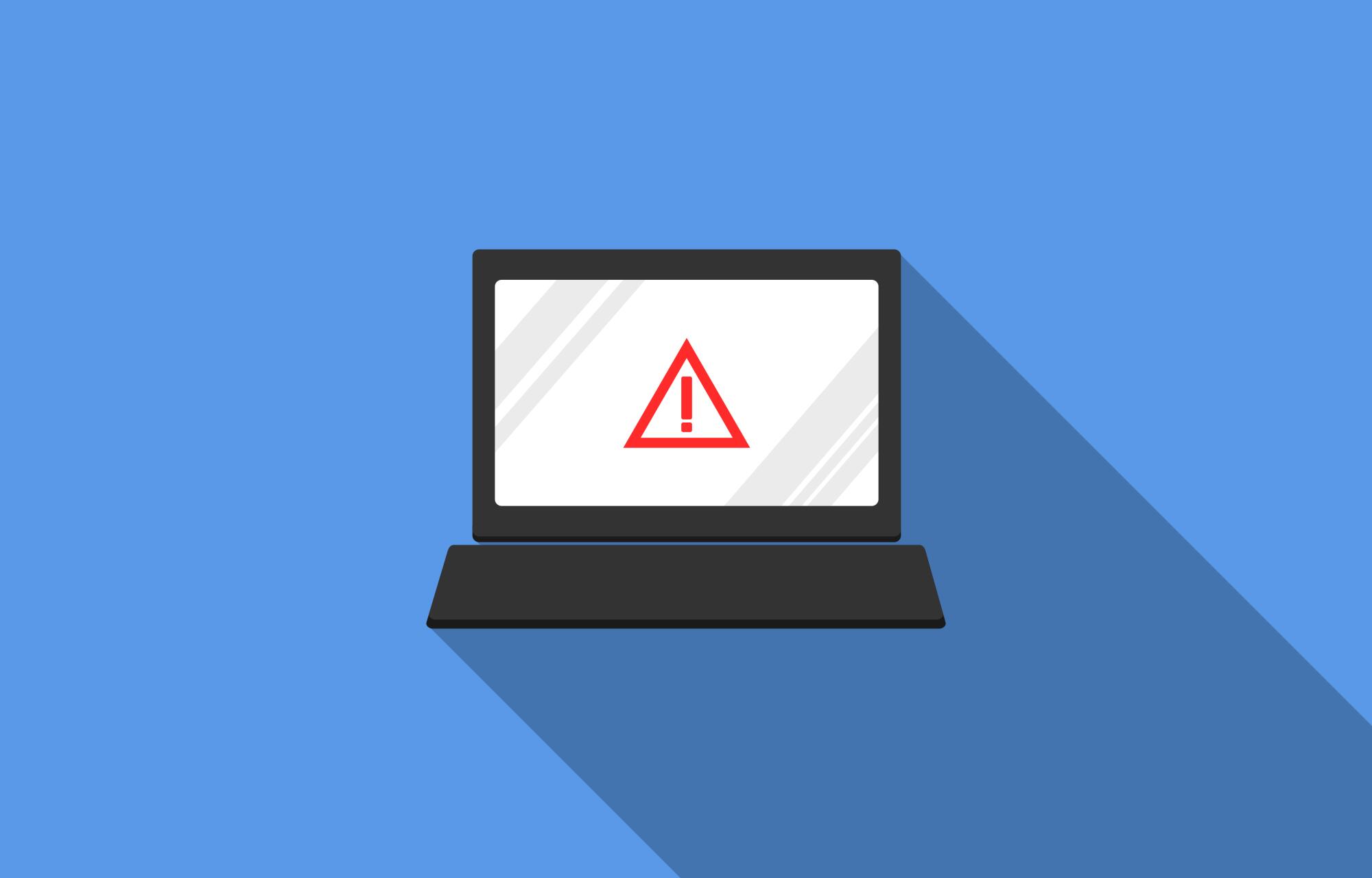A small business loses anywhere between $20,000 and $40,000 per hour of downtime.
Luckily, business continuity planning and crisis management solutions can help reduce the risk of this loss. Here, we’ll discuss:
- The basics of business continuity planning
- What crisis management entails
- Why these plans are important
- Best practices for implementation
Read on to take the first step toward protecting your business!
Defining Business Continuity Planning
Business continuity planning is an element of disaster recovery. A business continuity plan (BCP) outlines a company’s system for keeping potential threats at bay. It also details how the company can recover after falling victim to one of these threats.
Some potential threats to business continuity include:
- Cyberattacks
- Data breaches
- Business financial failure
- Bankruptcy
- Floods and natural disasters
- Fires
- Supply chain problems
There are several reasons for BCPs, including:
- Protecting business assets
- Keeping data under lock and key
- Protecting staff and personnel in an emergency
- Job security for personnel in the event of a business error or financial problem
- Providing clear disaster protocol so people can act quickly
- Keeping everyone on the same page about what to do in a disaster
- Offering ways to proactively stop disasters
- Helping people keep their peace of mind in the workplace
Comprehensive BCP Development
Once you figure out what risks could harm your business, you should outline how these risks can impact your operations.
For example, a cyberattack-related data breach could cause downtime. It also could result in stolen data. On average, IBM estimates that you could also see $5.17 million in financial losses.
After determining these risks, consider what safeguards and procedures could mitigate possible problems. To decrease the probability of a cyberattack, you could upgrade your firewalls and authentication system. You could also perform ethical hacking to test for and patch up vulnerabilities.
Then, you need to test these procedures. See how they work. Make sure there are no weaknesses and resolve any that you find.
Constantly review your BCP to make sure that it’s always up to date. Try to look at it and adapt it every 3-4 months. Do it more frequently if you’re worried about a specific possible upcoming crisis like a natural disaster.
The Basics of Crisis Management
Planning for business continuity is a proactive way to mitigate risk. But even if you take all necessary steps to decrease the probability of issues, you can’t 100% eliminate threats.
That’s where crisis management comes in!
Crisis management is a strategy-based plan that businesses use to respond to disasters. These disasters are also called “critical events” because they’re in urgent need of a response.
Critical events can be any:
- Threat
- Disruption to normal operations
- Unprecedented property damage
- Safety threats (like broken machinery or a natural disaster)
- Business process disruption that alters workflow
While a BCP outlines strategies for proactively fighting risks, crisis management outlines reactive procedures.
Additionally, crisis management focuses on immediate responses. Business continuity ensures that important company operations can continue during and after the crisis.
When put together, they keep a company resilient so it can operate consistently.
Creating a Crisis Management Plan
Crisis management solutions require a comprehensive implementation plan.
There are five important crisis management phases to outline in any plan:
- Signal detection for early warnings of crisis
- Preparation and prevention of what those signals indicate
- Damage containment procedures
- Recovery of what you lost
- Learning and reflection for future prevention
Centris can help you record these phases for threats that your company faces. Incident response plan development is made easy with Centris, and experts will write out effective response measures for prevention, containment, and recovery.
You should also include information about:
- How to use apps that can troubleshoot problems
- Insurance policies that may apply
- Communication plans between employees, departments, and managers
- Reporting-related information for disaster situations
- Important records (building plans, employer contact information, etc)
Why Is This Important?
The importance of business continuity can’t be overstated. Fostering this continuity means:
- Maintaining essential operations at all times
- Minimizing financial losses from downtime
- Minimizing reputation-related damage due to downtime
- Safer employees
- Stronger network systems
- More accurate risk assessment
Creating comprehensive plans means that you can:
- Reduce crisis impacts
- Reduce disaster duration
- Respond quickly and effectively
- Limit disruptions to certain parts of the company while other areas carry on normally
- Maintain the trust of consumers with fewer data security problems
- Stay compliant with local and industry regulations
- Keep the confidence of stakeholders and shareholders
- Maintain a competitive edge over less-prepared competitors
About 25% of businesses don’t reopen after disaster strikes. However, having a plan for disaster recovery and continued business operations decreases the likelihood that you’ll fall into this statistic. It can literally save your business.
Long-term success will be easier when your business is a well-oiled machine. If you’re not scared of threats and are ready to stand up to them, you can rely on your business growth strategies. After all, they’re less likely to be disrupted.
Best Practices for BCP Implementation
To implement a business continuity plan the right way, you should:
- Get support from business leadership
- Engage with employees across the business
- Involve key stakeholders in your organization
- Integrate BCPs and crisis management plans into your overall risk management plan
- Use new technology to develop and launch plans easily
- Test, review, and update plans regularly
- Stress the importance of emergency preparedness among employees and stakeholders
Centris supports business continuity through flexible staffing and IT solutions. The cutting-edge technology makes it easy to keep system downtime at bay. Managed solutions also mean that you can get IT support and assistance at any point.
Tech-related disaster preparedness is much easier with Centris.
Learn More About Crisis Management Solutions
Now that you know the ins and outs of business continuity and crisis management solutions, it’s time to prepare your company for anything the world throws its way. Centris is committed to offering up-to-date technology and high-quality expertise to businesses that need to enhance emergency preparedness.
Sign up for Forbes to get more information about disaster recovery best practices. Then, become a Centris client to protect your digital systems and ensure long-term compliance.




